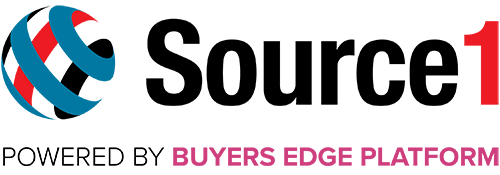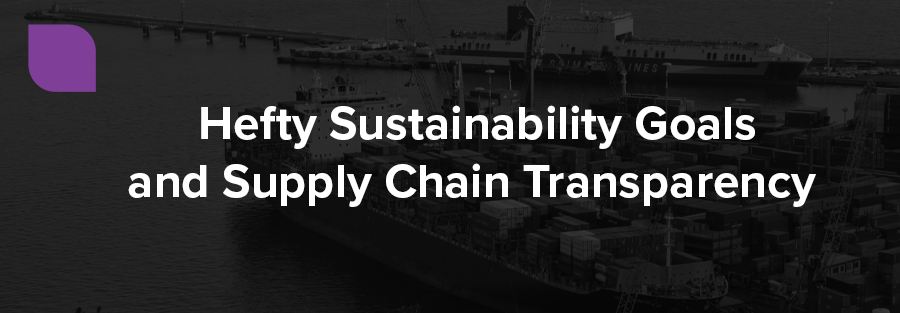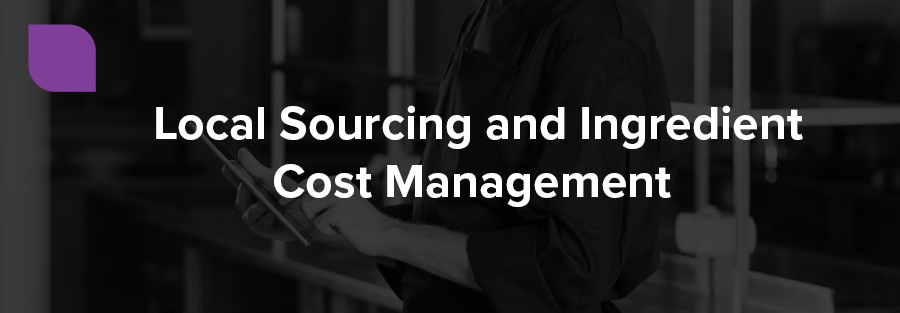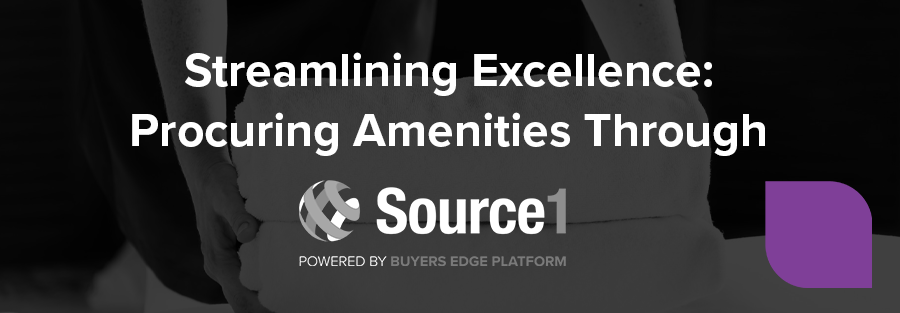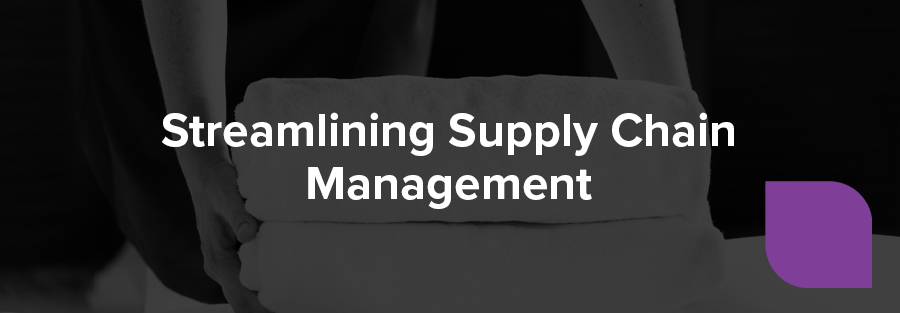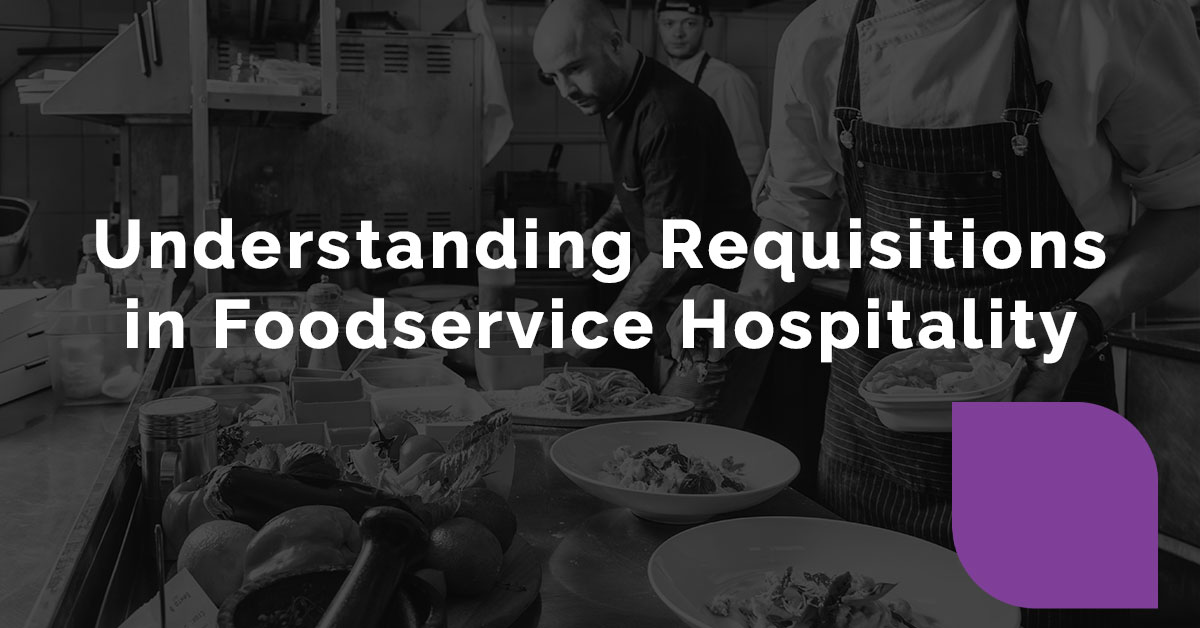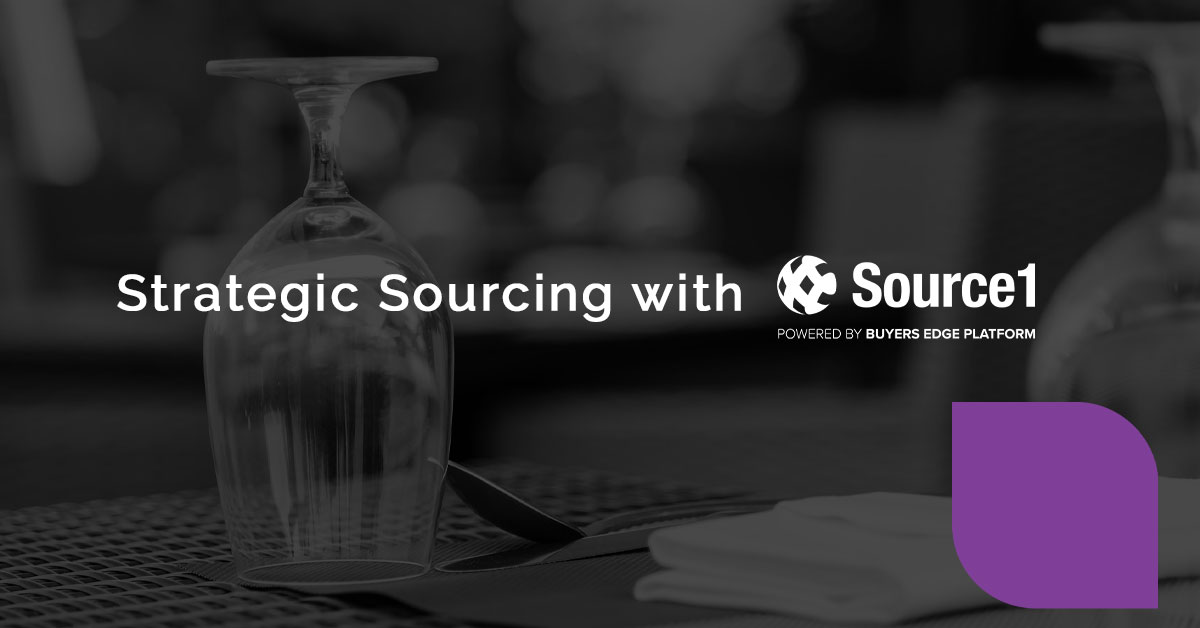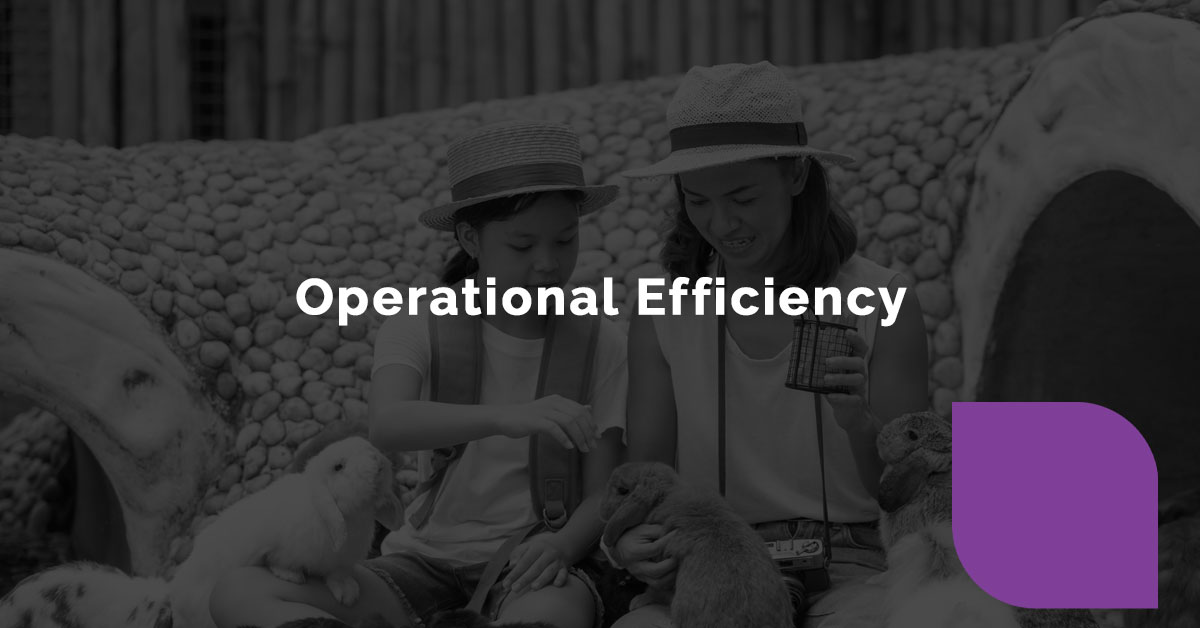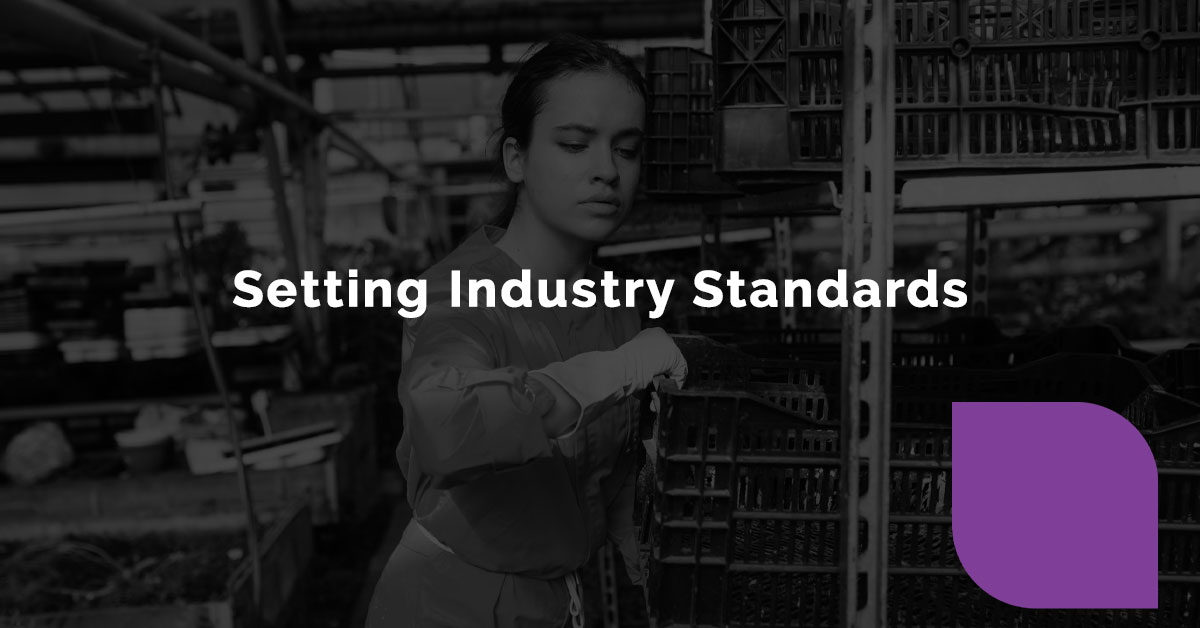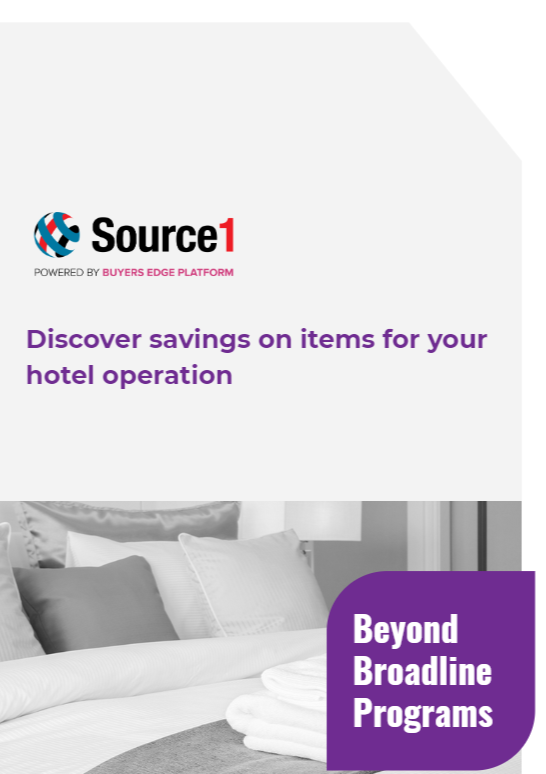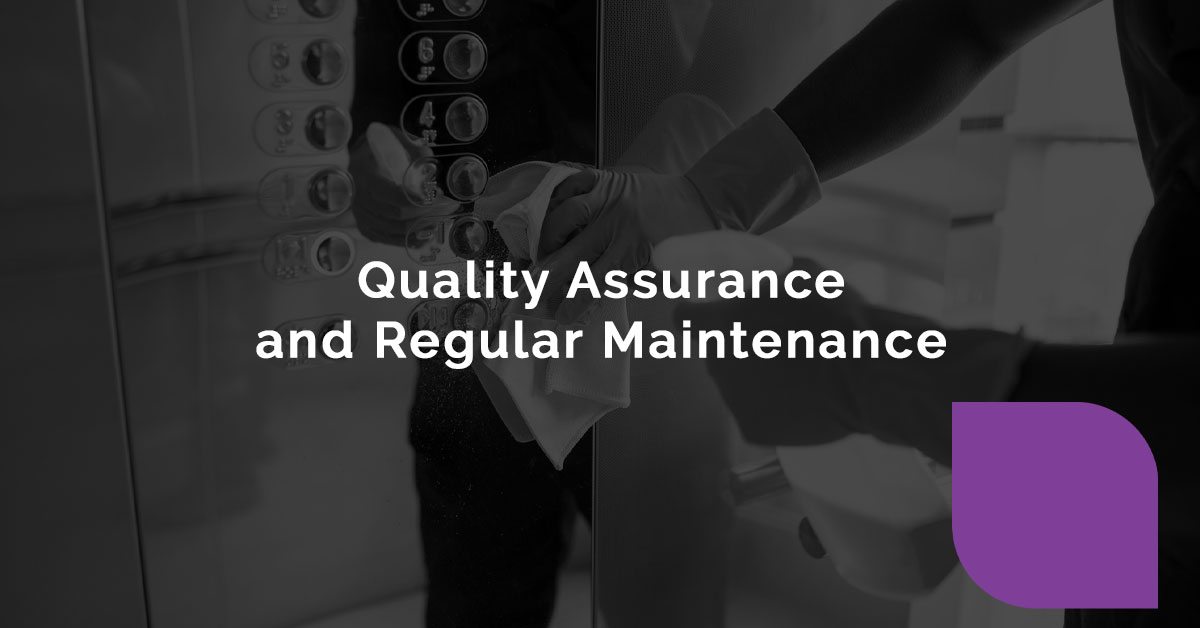4 Ways to Instantly Reduce Costs and Improve Margins with Source1
Are you constantly seeking ways to streamline operations and maximize profits for your hotel?
At Source1, our experts understand the pressure hotel operators face in today’s industry, which is why we offer a comprehensive suite of solutions designed to empower your business and boost your bottom line.
Benefits of Reduced Costs and Improved Margins as a Hotel Operator:
Reducing costs and improving margins as a hotel operator offer several advantages:
Increased Profitability: By lowering expenses and increasing revenue per available room, you boost overall profitability.
Competitive Advantage: Improved margins allow you to offer competitive pricing while maintaining quality, attracting more guests and outperforming competitors.
Financial Stability: With higher margins, your hotel is better equipped to withstand economic fluctuations and industry challenges.
Investment Capacity: Greater profitability provides funds for investments in guest experience enhancements, property renovations, and technology upgrades, enhancing competitiveness and guest satisfaction.
Improved Efficiency: Cost reduction efforts often lead to streamlined operations and better resource management, resulting in increased efficiency throughout the hotel.
Enhanced Guest Experience: With more resources available, you can invest in amenities, services, and staff training, leading to an improved guest experience and higher satisfaction levels.
Sustainability: Cost-cutting measures often coincide with environmentally friendly practices, reducing waste and resource consumption, which aligns with the growing trend of eco-conscious travelers and promotes sustainability efforts.
Even though there are many benefits of reducing costs, there are also many challenges hospitality operators face when trying to identify areas to reduce costs.
These challenges include maintaining high quality standards, managing complex operations, analyzing detailed data, overcoming employee resistance, dealing with supply chain constraints, and addressing hidden costs.
Despite these obstacles, strategic cost management can lead to significant improvements in profitability, efficiency, and guest satisfaction.
How Source1 Can Help:
These are 4 ways you can instantly reduce costs and improve margins as a Source1 member:

1. Leverage the Power of our Digital Procurement Network:
Access Preferred Pricing: Our vast network of pre-vetted, high-quality suppliers allows you to tap into exclusive discounts and competitive pricing.
Cash Back Savings: Take advantage of our cashback programs on qualifying purchases. These programs put real money back in your pocket, further enhancing your margins.
Trusted Network of Top Suppliers: Source1 connects you with a reliable network of top-quality, popular brands of suppliers, ensuring consistent quality and product availability.
2. Achieve Fresh Savings with Source1 Solutions:
Optimize Produce Contracting: Our expertise in produce contracting helps you secure the best prices for fresh ingredients. We understand market fluctuations and leverage our buying power to negotiate favorable terms.
Embrace Local Sourcing: Shorten your supply chain and reduce transportation costs by sourcing locally whenever possible. Source1 can help you identify and connect with qualified local vendors.
Prioritize Food Safety: Our commitment to food safety gives you peace of mind. We ensure suppliers adhere to strict quality standards, minimizing risks and potential disruptions.
3. Empower Smart Decisions with SaaS Solutions:
Gain Visibility into Spend Management: Our intuitive SaaS platform provides real-time insights into your spending habits. Identify areas for improvement and make data-driven decisions to optimize your budget.
Streamline Back-Office Processes: Automate manual tasks like purchase orders, invoicing, and reporting. This frees up valuable time and resources for your team to focus on core business activities.
Unlock Data-Driven Supply Chain Insights: Gain valuable data and analytics to identify trends, optimize inventory management, and make strategic purchasing decisions.
4. Tailor-Made Solutions for Lasting Success:
Custom Contracts: Our team of experts can work with you to develop customized contracts that align with your specific needs and procurement goals.
Full-Service Procurement: Outsource your entire procurement process to Source1. We handle everything from supplier negotiation to contract management, allowing you to focus on what matters most – running your hotel.
Assurance of Supply: Never worry about the quality and timing of your supply again. Source1 guarantees a consistent supply of essential goods and ingredients, ensuring your business continuity.
Join Source1 Today
At Source1, we understand the complexities of running a hotel operation. Our comprehensive suite of solutions help cater to every area of your business.
Whether you need savings on items you’re purchasing every day and access to competitive produce pricing or streamlined back office and supply chain management. By joining Source1, you can instantly reduce costs and improve margins at your hotel.
